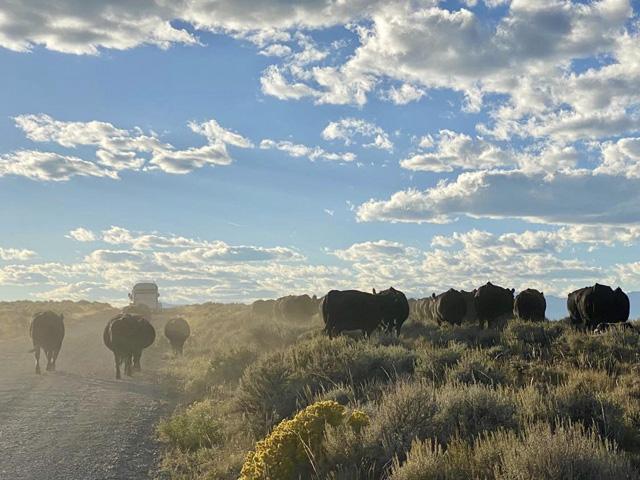Call the Market
When the Cattle Market's Fundamentals Are Overshadowed by Technical Chaos
If you've paid the market any attention over the last three days, you've witnessed what feels like a true daytime nightmare. Just as the cattle market was turning the corner after Labor Day and setting its eyes on higher prices heading into fall, the continued interest rate hikes -- that are being imposed to settle the nation's untamed inflation -- has sent the commodity market crashing lower, affecting both live cattle and feeder cattle contracts.
My job as a livestock market analyst is to monitor both the fundamental and technical components of the market. To be completely truthful, my passion comes from the market's fundamental side. There's little that I love more than to report higher cash cattle trade, stronger feeder cattle sales, excellent boxed beef demand and praiseworthy throughput. However, in today's marketplace, we're soberly reminded that the market has more than just two sides to analyze.
P[L1] D[0x0] M[300x250] OOP[F] ADUNIT[] T[]
From a fundamental standpoint, the live cattle market sits in a strong position. Showlists are current, cash cattle traded higher last week and Southern feedlots have already begun to trade cattle for steady money, which is impressive given the board's recent performance. And although boxed beef prices have been pressured as of late, choice and select prices are still trending above the pre-COVID-19 norm, and actually one could argue that these lower prices are helping stimulate better demand, as last week saw the largest volume of boxed beef sales for 2022. We also can't forget to mention how strong beef exports have been as currently the market has exported 6.8% more beef than compared to 2021.
Aside from the outside pressures of the market's unraveling economy, which is pitted with the expectation that interest rates are only going to get higher, I'm concerned that packers could wave their hands and pull back production speeds. As of last Friday, beef meat production has totaled 548.9 million pounds, 1.3% higher than a year ago. Slaughter speeds have run aggressively throughout most of the year and the total number of cattle that's been processed this year amounts to 24,689,000 head, 1.5% greater than a year ago.
To the boxed beef point that I mentioned above, tremendous domestic demand and extraordinary export demand is helping move product at these lower prices, but if the cash cattle market continues to see support and works the market higher, one must wonder at point will packers cut processing speeds amid lower boxed beef prices to protect their own margin? At last week's end, packers gross margin amounted to $257 per head -- the lowest price it's been since 2020.
The fundamental outlook of the market remains strong and will likely continue to get stronger through the end of 2022 and well into 2023 thanks to tremendous demand. The problem that the market faces now is determining what influence the market's weakened technical state will have on its overall being. I'm pressed to believe that, despite the market's strong fundamental position, the cattle market will likely remain focused on outside pressures until our economy stabilizes.
ShayLe Stewart can be reached at ShayLe.Stewart@dtn.com
(c) Copyright 2022 DTN, LLC. All rights reserved.






